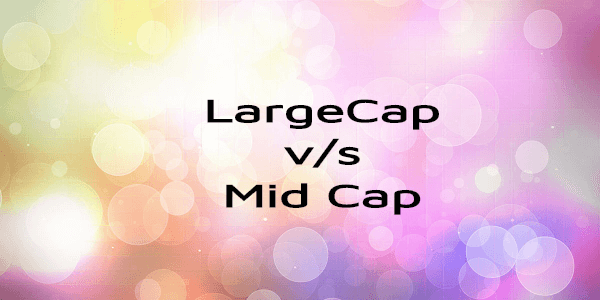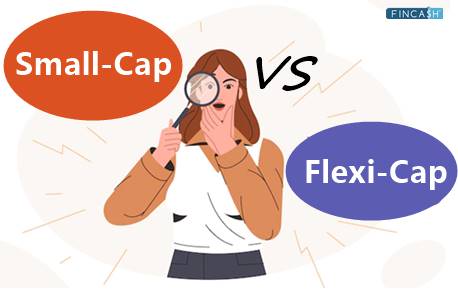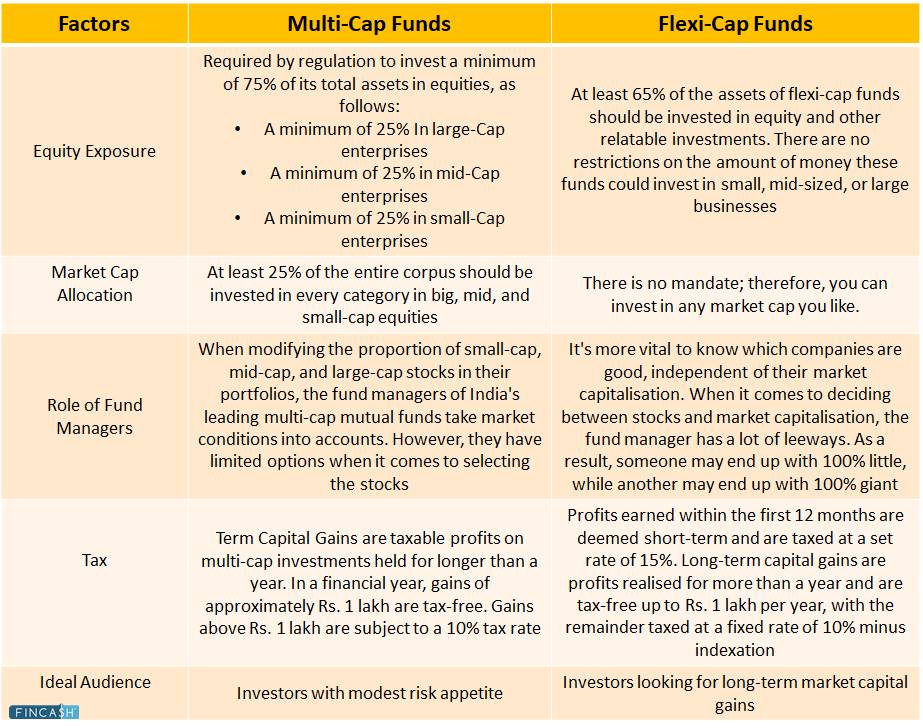Cap and Trade
What is Cap and Trade?
Cap & Trade programs by the government bodies are aimed at minimizing pollution levels gradually by limiting or putting a “cap” on the release of carbon dioxide by industrial units.

This is achieved by providing companies with an incentive for Investing in cleaner and greener alternative to industrial production involving chemicals.
Cap & Trade Meaning
The given program is known to work in several ways. As per the basics, government tends to issue a fixed number of annual permits for allowing the companies to release a specific level of carbon dioxide. The total amount that is permitted therefore becomes the specific “cap” on the emissions.
Organizations are taxed in case they are capable of producing a higher level of carbon dioxide emissions than the respective permits allow. Organizations that tend to reduce the respective emissions can look forward to selling or “trading” unutilized permits to other organizations.
The government is known to lower the total number of permits on an annual Basis. Therefore, it tends to lower the total emissions cap. This makes the overall permit expensive. Over time, organizations possess the incentive for investing in clean technology due to cheaper availability in comparison to buying permits.
Talk to our investment specialist
Cap and Trade – Pros & Cons
The cap & trade system is sometimes referred to as the Market system. It helps in creating the exchange value of emissions. The proponents of the program argue with the fact that the cap & trade is known to offer the incentive for organizations for investing in cleaner technologies.
The opponents argue on the fact that it could lead to the overproduction of specific pollutants to the maximum levels as set by the government every year. The opponents forecast that the permitted levels could be defined too generously while slowing down the overall move to adopting cleaner & greener energy.
Challenges for Cap & Trade
One of the major issues in setting up the respective Cap & Trade policy is whether or not the government would go ahead with imposing the right cap on those who produce emissions. A cap that might be too high would lead to even increased emissions. On the other hand, a cap that might be too low would be perceived as some burden in the given Industry along with serving as an additional cost that would be presented to the consumers.
A wide number of environmental activists argue with the fact that the specific Cap & Trade program can serve to be an effective way towards prolonging the active life of facilities. This may allow pollution by enabling the organizations to delay the given action for several years until the same becomes economically unviable.
All efforts have been made to ensure the information provided here is accurate. However, no guarantees are made regarding correctness of data. Please verify with scheme information document before making any investment.









